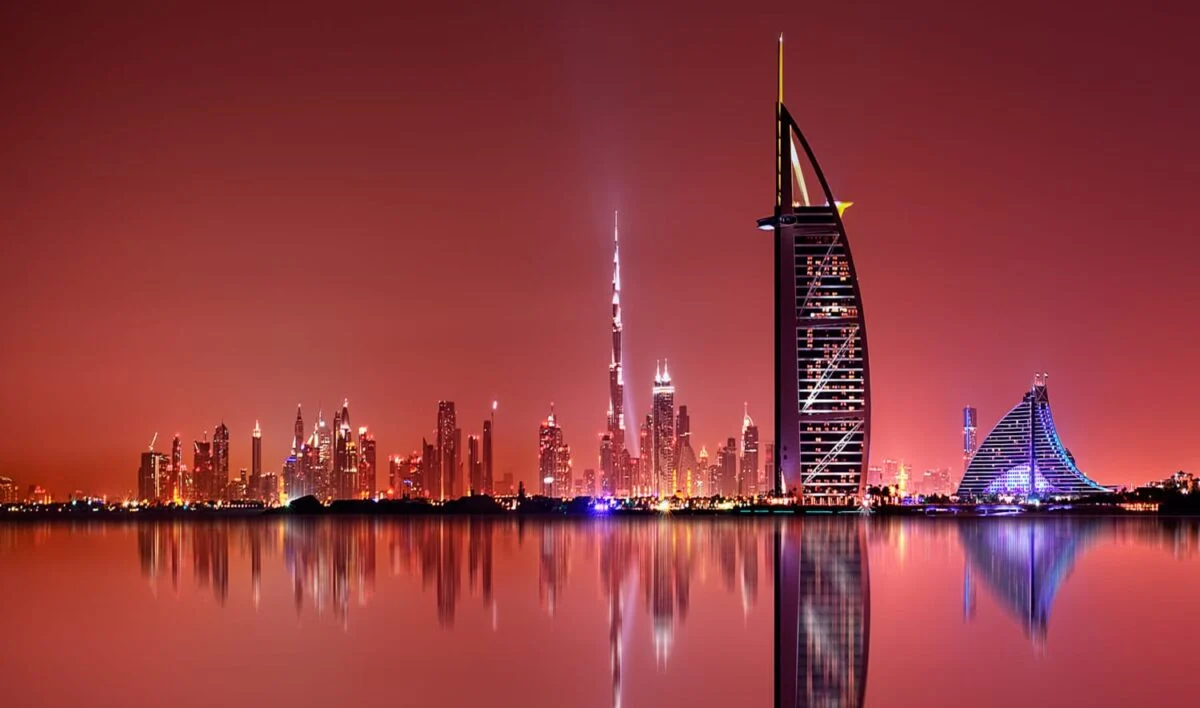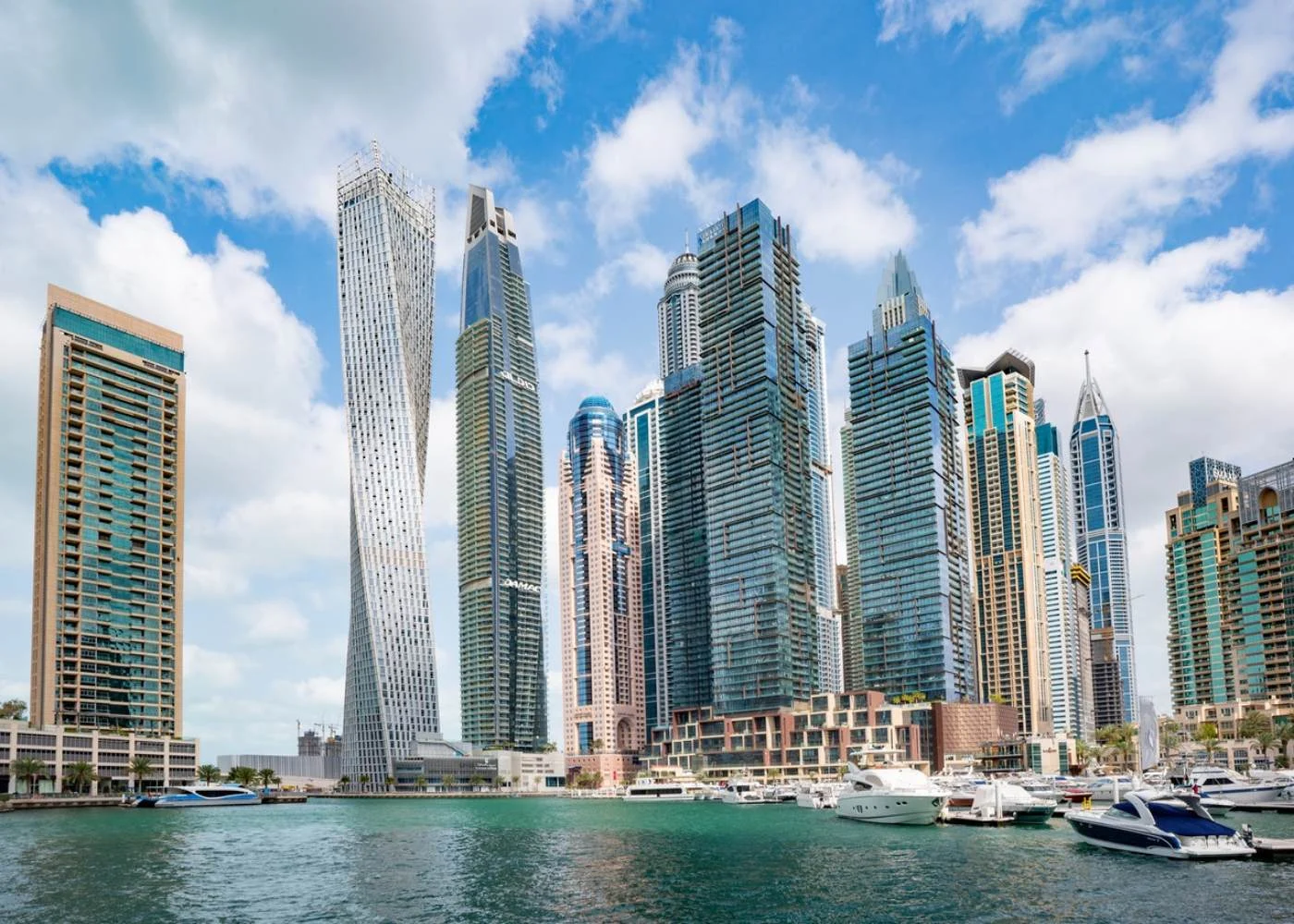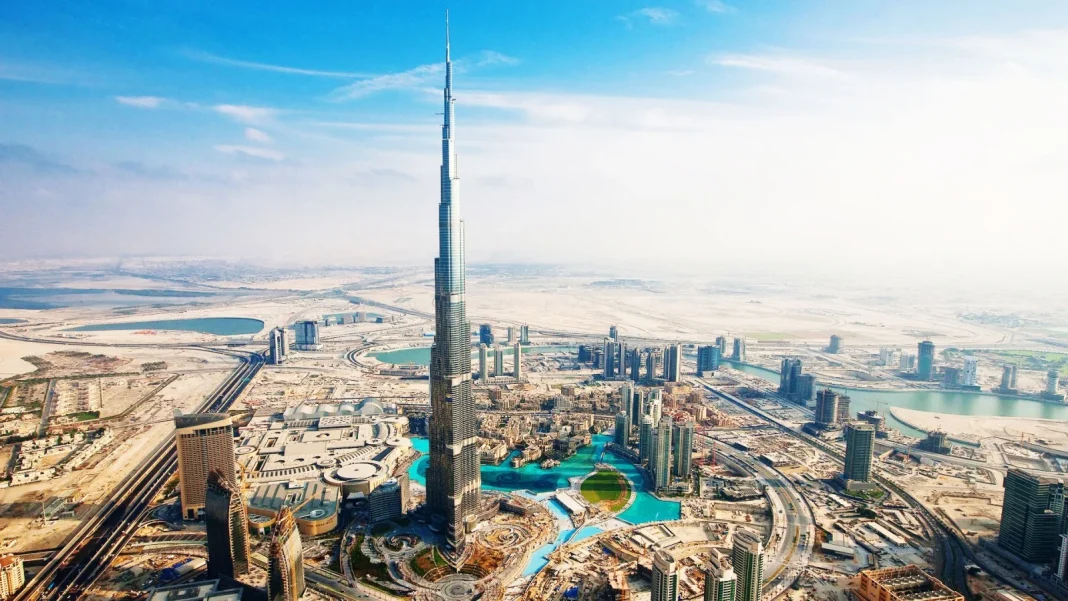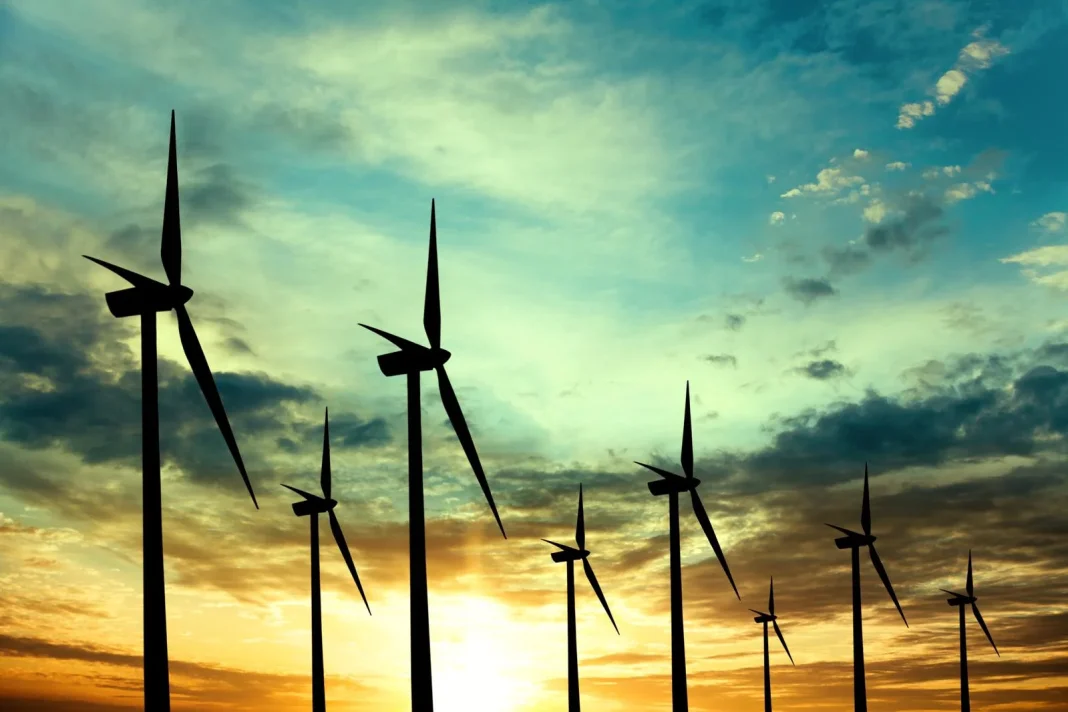The United Arab Emirates has proven to be a key player in the global economy, with its ability to adapt and evolve in a constantly changing environment. The latest projections from the Central Bank of the United Arab Emirates (CBUAE) reflect renewed optimism about Gross Domestic Product (GDP) growth, highlighting the strong performance of crucial sectors such as oil and non-oil. This growth is not only seen as an indicator of recovery but also as a demonstration of effective economic management and the policies implemented by the government to promote foreign investment and economic diversification.
In this context, it is important to analyze in depth the growth projections, how the economy of the United Arab Emirates is expected to evolve in the coming years, and the factors driving this growth. The quarterly economic review presented by the CBUAE provides insight into areas for improvement and expansion, highlighting the importance of certain strategic sectors and their contributions to the sustainable growth of the local economy.
The projected GDP growth in the United Arab Emirates for 2024 and 2025

Recently, the Central Bank of the United Arab Emirates has revised its economic growth forecast for 2024 upward, setting it at 4% compared to the previously expected 3.9%. This increase is largely attributed to the better performance of the oil sector and the consolidation of other key industries. For 2025, even greater growth is anticipated, reaching 6%, thanks to the continued momentum in the non-oil sector, which is considered essential for the diversification of the economy.
Non-oil growth projections are equally promising, with an expectation of 5.2% for 2024 and 5.3% for 2025. This trend is based on the strategic policies implemented by the government, aimed at attracting foreign investment and promoting the growth of sectors that have a greater impact on non-oil GDP. This approach not only highlights the importance of diversified sectors, such as tourism, transportation, and financial services, but also underscores the stability and resilience of the Emirati economy.
It is worth mentioning that, although the hydrocarbons sector will show modest growth of 0.7% in 2024, a significant rebound of 7.7% is anticipated for 2025. This indicates that, despite the moderation in oil production, there remains latent potential for growth, as well as a continuous effort by the government to optimize and expand this critical sector in the context of a changing global environment.
Factors Driving Non-Oil GDP Growth in the United Arab Emirates
The growth of non-oil GDP in the United Arab Emirates is driven by a series of strategic factors that allow the economy to continue expanding. Government initiatives, which include tax reforms and the possibility for foreign investors to own 100% of their businesses, have created a conducive environment for establishing and growing new enterprises. These policies are a testament to the country’s commitment to diversifying its economy and reducing its dependence on the oil industry.
Furthermore, the increase in tourism has been a key component in the growth of non-oil GDP. The United Arab Emirates has positioned itself as an attractive destination for international tourists, thanks to its modern infrastructure, rich cultural offerings, and a variety of recreational activities available. The arrival of more visitors not only boosts the tourism sector but also benefits related industries, such as hospitality, gastronomy, and retail.
The financial services and insurance sector has also been gaining ground, with continuous growth in investments and services. This sector has benefited from the implementation of advanced financial technology and an efficient regulatory framework. The strength of banking and financial services, along with an increasingly diversified population, creates an optimal environment for ongoing and sustained economic growth.
Fiscal developments and their impact on the economic growth of the United Arab Emirates

Recent economic reports have highlighted the importance of maintaining a positive fiscal balance in the United Arab Emirates, which has been achieved through proper resource management and an increase in tax revenues. During the first quarter of 2024, the fiscal balance remained at 23.5 billion dirhams, representing 4.9% of GDP. This performance reflects the fiscal stability achieved by the country, which in turn strengthens investor confidence.
Public spending has also shown a growth of 5% compared to the previous year, reaching 97.1 billion dirhams, which is essential for financing infrastructure projects and social programs. Investments in development and infrastructure are vital for fostering sustainable long-term economic growth, as they create jobs and stimulate economic activity. For example, ongoing projects like Etihad Rail and Dubai Creek Harbor not only enhance the country’s infrastructure but also attract more foreign investments.
Finally, the wage protection system has proven effective, keeping the number of employees stable and increasing salaries, which fosters robust domestic consumption and contributes to GDP growth. The labor market in the United Arab Emirates appears to continue strengthening, which is essential for ensuring sustainable economic growth in the future.
In summary, the United Arab Emirates is on an optimistic growth trajectory thanks to its focus on economic diversification, attracting investments, and sound fiscal management. As the country continues to implement key strategies, its economy demonstrates a solid capacity to adapt and thrive in the current global context.



